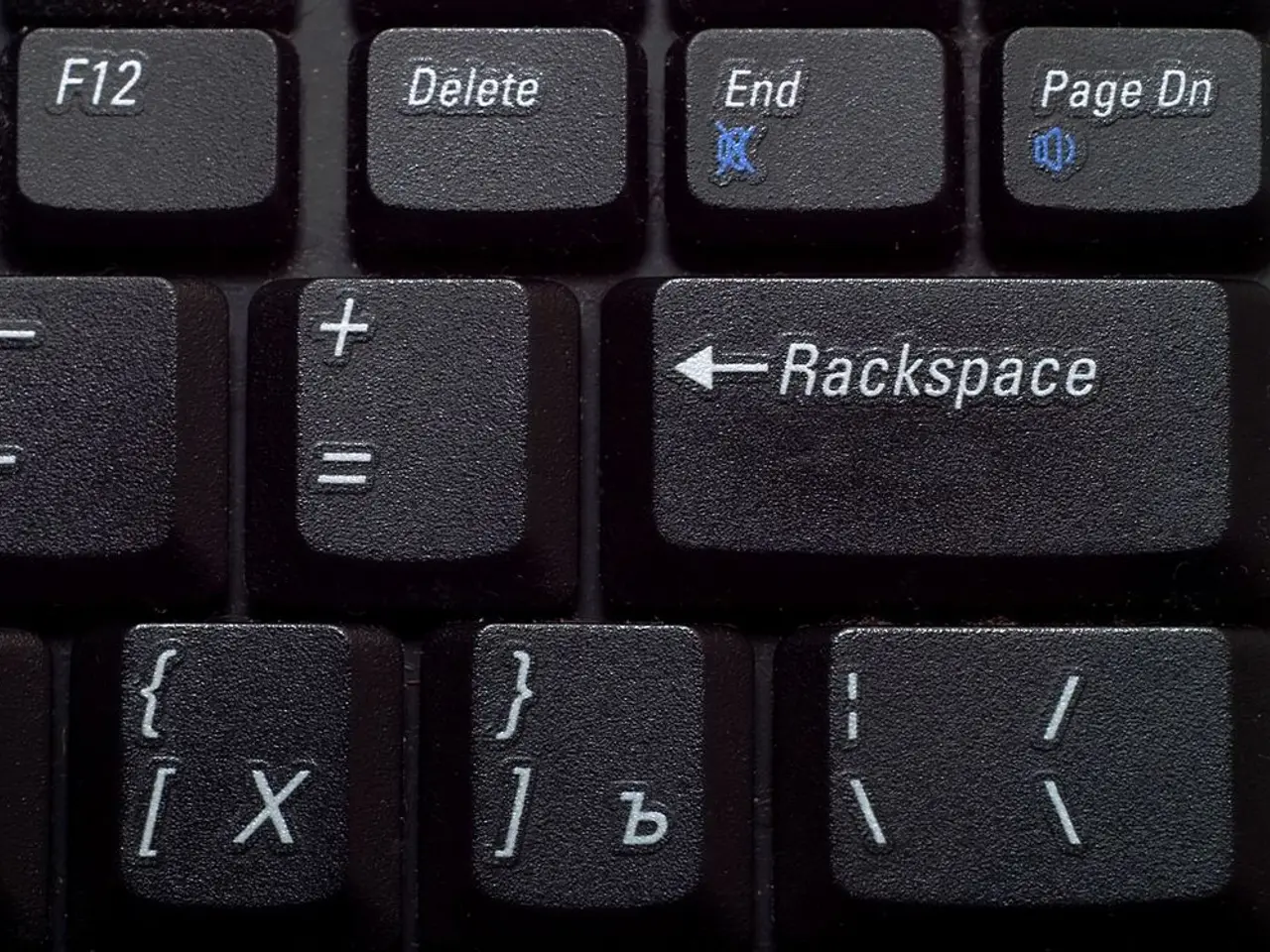Comprehensive Overview of Key Signatures
Key signatures are an essential aspect of music, providing a visual representation of the notes that should be sharpened or flattened in a given major or minor scale. This article aims to explain how to identify and work out key signatures, as well as how to find keys on the piano.
Identifying and Working Out Key Signatures
- Identify the Scale Notes: To determine the key signature of a major scale, start by identifying the pattern of whole and half steps. The pattern for a major scale is: Whole - Whole - Half - Whole - Whole - Whole - Half.
- Determine Sharps or Flats Needed: For sharp keys, find the major scale's fifth note (the "dominant")—this tells you the key name and the sharps in the key signature. For example, the key of D major with 2 sharps equals F# and C#. For flat keys, find the second-to-last flat in the key signature. For instance, Bb major has two flats: Bb and Eb.
- Use the Order of Sharps and Flats: Sharps always add in the order F#, C#, G#, D#, A#, E#, B#; flats add in the order Bb, Eb, Ab, Db, Gb, Cb, Fb. The key signature includes all sharps or flats up to the number assigned to that key.
- On Piano: Once you know the key signature, you play the scale starting on the tonic note, including the sharps or flats indicated. For example, playing the G major scale means starting at G and using an F# instead of an F natural.
Finding Keys on the Piano
- The piano keyboard has 88 keys with repeating groups of black keys arranged in twos and threes. The white key immediately to the left of a group of two black keys is always C. From there, you can locate all natural notes.
- Using the key signatures, you know which white keys to raise by a semitone (sharp) or lower (flat) to play the major scale of that key.
Summary Table of Some Major Keys and Their Signatures
| Key | Sharps (in order) | Flats (in order) | |--------|--------------------------------|-------------------------| | C | None | None | | G | 1 sharp (F#) | | | D | 2 sharps (F#, C#) | | | A | 3 sharps (F#, C#, G#) | | | E | 4 sharps (F#, C#, G#, D#) | | | B | 5 sharps (F#, C#, G#, D#, A#) | | | F | | 1 flat (Bb) | | Bb | | 2 flats (Bb, Eb) | | Eb | | 3 flats (Bb, Eb, Ab) |
Mastering this order and pattern, along with scale steps, allows you to reliably identify any key signature and the corresponding piano keys to play in that key. This is foundational for understanding tonal center and playing scales and chord progressions accurately.
There are fifteen key signatures in total, representing twelve unique keys. This is due to three pairs of enharmonic equivalents—B major and C♭ major, F# major and G♭ major, and C# major and D♭ major—where the keys sound identical but are written differently.
- Understanding key signatures is beneficial for a composer as it enables them to write music that adheres to the appropriate major or minor scale, providing a consistent and pleasing tonal structure to the entertainment provided.
- By discovering the key signatures of various pieces, you can comprehend the composer's intent and effectively play those musical compositions on the piano, acting as a vitally important skill for both live performances and music recordings.







